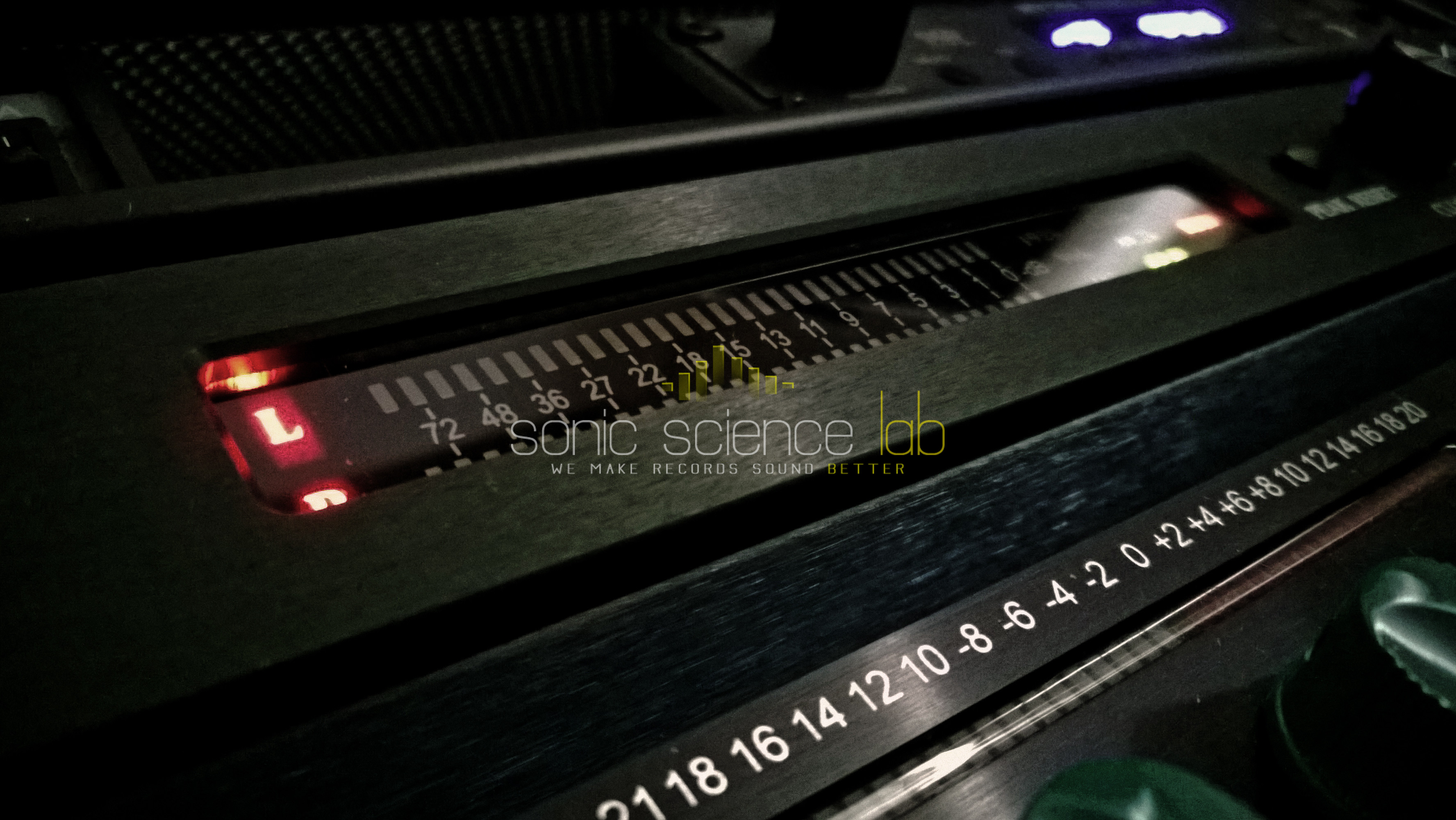

… yet surprisingly it is.
From what we can see moving around on the internet, there’s still the same information being repeated over and over. “Use dithering as the last step before exporting tracks” – sounds familiar?
It’s not a whole story, however!
There are also some unproven claims spread that dithering from floating point formats to fixed point one has no effect.
We shall show that this is clearly not true.
As we at Sonic Science Lab always pay special attention to quality, we decided to provide quick guidelines in LT for all interested. With hope the topic can be finally closed.
Ok, so to speak. The whole story is about using dithering whenever and wherever word-length truncation is taking place. There is ALMOST no exception.
Some argue that it only adds to higher noise levels. Not so (assuming we do not go down to 16 bit). In today’s streaming world audio is being processed back and forth. Truncation errors and/or distortion can accumulate faster than noise from dither!
On the other side, it’s relatively safe to use dither. As long as the ‘right’ one is being used- we’ll get back to this topic what ‘right’ means in a while below.
Just because it needs to be an option! First- to have a choice of dither. Second- bit-streaming to some digital decoders still require a non-dithered stream.
It is even more important. It should also be applied at any output to an external digital to analog converter as long as it uses 24bit input or output, or both! Including transfer and monitoring DACs, independently.
So, whether you use:
you should dither the audio going from your DAW. Assuming your DAW uses higher word-lengh arithmetics of course. In most cases it does.
Ok, how to find out what arithmetics your DAW uses? Look into documentation. If you still can’t find such an information, there are very low chances your DAW math utilizes something less than 32bit floating point words.
There are also plugins available that show DAW’s internal and/or processing resolution.
So far, so good.
Some argue that some vendors do not use dithering in their equipment (even if they truncate audio) for a reason. They’re trying to support an idea of not using dithering in such scenarios.
Well, the reason is very simple and straightforward! To give user a choice (pretty smart!). Another reason is that implementing such could impact the design- a very slow and costly process of redesigning and testing equipment. And yet another one- some just don’t care as they do not operate in mastering business.
Below you can find examples that dithering works perfectly in the above cases.
32bit (float) to 24bit, truncated (please listen to the noise that is correlated with signal), especially in the 2nd half of the sample):
32bit (float) to 24bit, dithered:
32bit (float) to 16bit (this is where the effect of truncation is most audible), truncated:
And finally, 32bit (float) to 16 bit, dithered:
And what do you think now :)?
…
The ‘right’ means flat (such as TPDF) in majority of cases and not the noise-shaping one. Why flat? Because it’s the safest choice for audio, that is going to be processed any further (like in streaming, or post analog loop),
Also, if you print mix for a fellow who will continue to work on it, and if for some weird reason you don’t want to use native word-length of your DAW, use flat dither! Also ask them to do the same when before he/she gets back with their version.
So, when to use the noise-shaping dither? On 16bit exports that go directly to physical CD.
Why? Because there’s no further processing expected, that potentially could bring noise up to audible levels.
This is a very good question :). There’s one advantage of noise shaping algorithms, yet certainly it’s not a reason. They usually provide better (read it as more musical) signal depth preservation than the flat ones, but this is totally on perception thresholds and at very low levels.
Anyway, engineers should have all dithers at their disposal, every one provides different results, even of the same type. Mastering engineers usually try different ones as it is really not possible to take one for granted.
Attention, engineers, producers and recording artists!
If you print mixes for mastering- either export tracks in native DAW word-length (usually 32bit float- a preferable option) or apply ‘right’ dither on exporting to 24bit,
If you use analog loops, apply ‘right’ dithering as well!
Simple, isn’t it?
If there’s still something bothering you, do not hesitate to contact us :).
Pozdrawiam (Best),
Artur



Please enter your name and email address below.
0